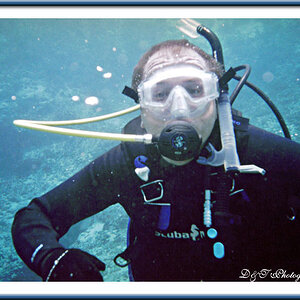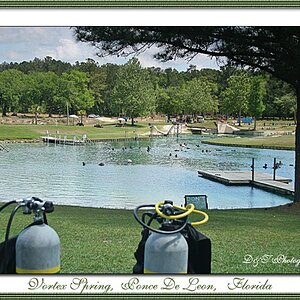Stacylouwho
TPF Noob!
- Joined
- Mar 27, 2013
- Messages
- 188
- Reaction score
- 20
- Location
- Georgia
- Can others edit my Photos
- Photos OK to edit
I have pretty much done well with outdoor photography, but am looking into lighting equipment that I can use with a fast shutter. I will be taking some martial arts pictures for our local class in a few months. It will all be indoor. So I need lighting equipment and a backdrop and stand. first off I have no idea where or what kind of lighting I need, but I would like something very reasonable in price as well. So any and all help would be appreciated!


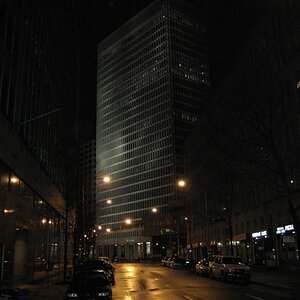
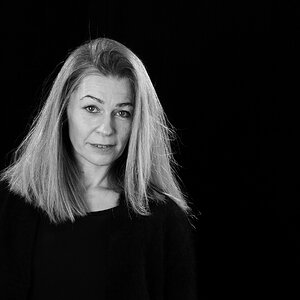

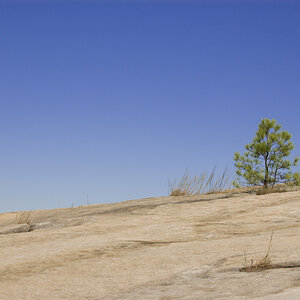
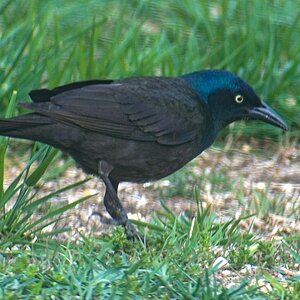
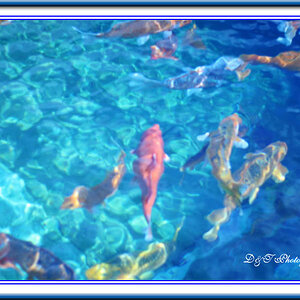
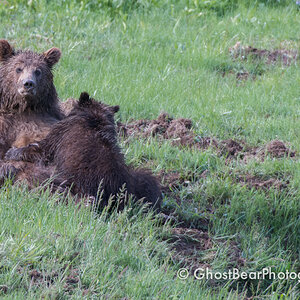
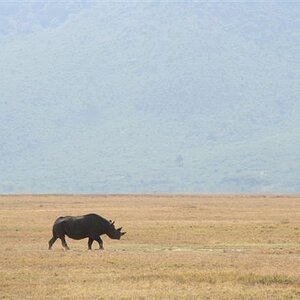
![[No title]](/data/xfmg/thumbnail/37/37606-3c9ffb5906173fa2aa489341967e1468.jpg?1619738148)
![[No title]](/data/xfmg/thumbnail/37/37605-90c8efaef5b7d1f52d4bf8e7dfd33673.jpg?1619738148)
